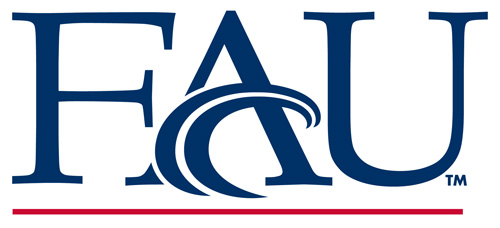Introduction

Wetlands and the animals they support have experienced a dramatic decline as human pressures have increased. Over 53% of wetlands in the U.S. were lost between the 1780s to the 1980s (Mitsch and Gosselink 2007). Many other wetlands remain intact but their functionality has been reduced through eutrophication and drainage (Mitsch and Gosselink 2007). One large wetland system that historically supported large numbers of nesting wading birds was Lake Okeechobee (hereafter the Lake) and surrounding marshes (David 1994a). Beginning in 1884, rivers flowing into the Lake were channelized and the flow was diverted to the east and west into the St Lucie and Caloosahatchee River, respectively. Lake water, regulated since 1931, now serves as the primary water supply for South Florida's expanding human population. Altered flows and water management infrastructure have led to increased nutrient transport, eutrophication, and a reduction in the spatial extent and heterogeneity of the associated wetlands (Dovell 1956; Havens and Gawlik 2005). High water levels reduced water clarity, triggering a loss of submerged aquatic vegetation, a reduction in the production of aquatic fauna, drowned willow heads, and a drop in numbers of nesting wading birds (David 1994b; Havens and Gawlik 2005). The collapse of the Lake's food web also compromised the economic health of the surrounding area because the Lake supported high levels of ecotourism and recreational fishing (Steinman et al. 2002; Johnson et al. 2007). Concern for the ecological integrity of the Lake ecosystem led to subsequent modifications of water management regimes to better mimic natural hydrologic fluctuations (Havens and Gawlik 2005). .

Wading birds are of high interest to the public and are good indicators of wetland integrity (Kushlan 1993; Frederick and Ogden 2003; Frederick et al. 2009). These species have been monitored on the Lake by game wardens since the early 1900’s, but the first quantitative aerial efforts did not begin until 1957 (Zaffke 1984; David 1994a). Historic patterns of wading bird nesting have been used to recommend particular water management regimes (David 1994a; Smith and Collopy 1995), but there have been no recent attempts to link current water management to wading bird indicators, nor is there a model that could be used to predict the effects of future management regimes on wading birds. In this study I propose to use recent knowledge of wading bird habitat requirements to develop predictive habitat models, and to quantify factors affecting wading bird nesting success on the Lake.
One type of model that can be used to link management regimes to biological indicators is a habitat suitability model (HSM). One common type of HSM utilizes habitat suitability indices (HSI), numerical indices that represents the capacity of a particular habitat to support a given species or guild (Schamberger et al. 1982; Schamberger and Krohn 1982). These HSI models have been used since the early 1980’s to help understand the effects management decisions have on the environmental conditions that affect wildlife responses (Schamberger et al. 1982; Schamberger and Krohn 1982). Early habitat suitability models were based on strictly deductive reasoning and validated only by expert opinion. These early models were crude by today’s standards, due primarily to limitations in computational power, and their validity was questioned because of their linear responses and lack of statistical examination (Curnutt et al. 2000). Spatially Explicit Species Index (SESI) models, which allowed for the inclusion of both temporal and spatial dynamics, were an improvement on the earlier models (DeAngelis et al. 1998; Curnutt et al. 2000). SESI models allowed for the inclusion of “landscape structure” in a geographic information system (GIS) for static variables such as topography and for the inclusion of dynamic variables such as water depth.

Although the quality of foraging patches is important, their spatial and temporal distribution, as well as the connectivity of patches, is critical for successful wading bird nesting (Strong et al. 1997). While flight distance does not constrain birds, distance determines whether a foraging location is energetically efficient. During the breeding season, a wading bird will be constrained by its nest, which it must return to every day. Nests of colonial breeders are typically located within inundated willow heads and spoil island nesting sites, locations where mammalian predation on nests is likely to be reduced (Frederick and Collopy 1989; David 1994a; Smith and Collopy 1995). During rearing, more energy is invested and the presence of quality foraging locations within range becomes increasingly important as locations must have a prey concentration high enough to compensate for the energetic cost of flying that distance (Bancroft et al. 1990; Smith 1995). By comparing habitat suitability within the adults’ foraging range to nest success, we can attempt to link reproductive success with surrounding environmental factors (Hall et al. 1997).
Objectives
- Create a Habitat Suitability Model (HSM) of foraging habitat for Great Egrets, Snowy Egrets, and White Ibises for the littoral zone of Lake Okeechobee.
- Link the nesting response of three species of wading birds to habitat conditions on the Lake. Specifically, I will estimate nesting effort and success and relate it to the quality and distribution of foraging habitat predicted by the HSM.

